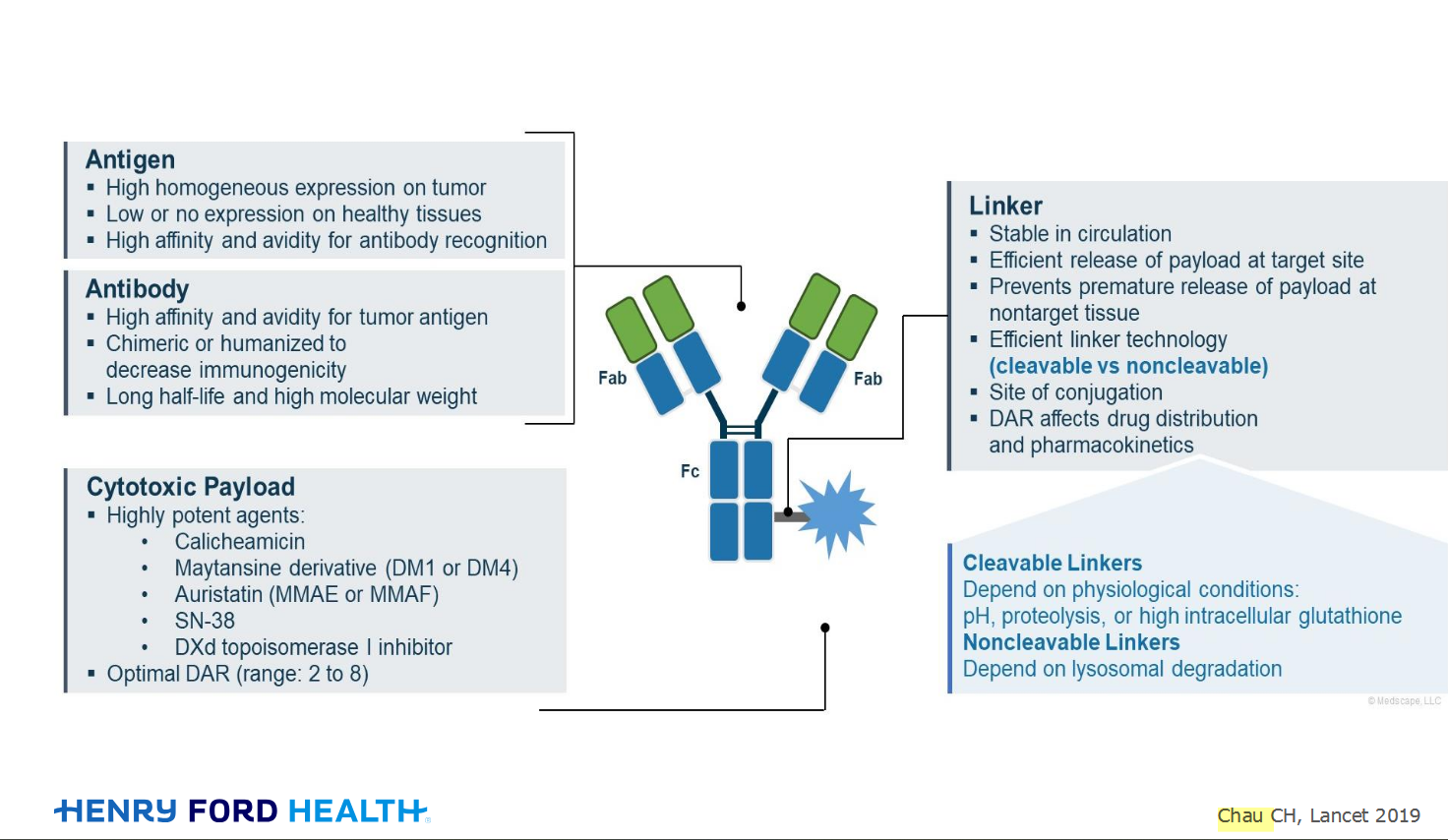Welcome!
Welcome to the new CancerGRACE.org! Explore our fresh look and improved features—take a quick tour to see what’s new.
Small cell lung cancer is an aggressive form of lung cancer that is initially sensitive to chemotherapies and immunotherapies, but it has an innate ability to adapt, leading to relapse, resistance, and spread—ultimately making it very challenging for patients and their families. Despite its name, there's nothing small about the impact of this disease.
Small cell lung cancer is not a one-size-fits-all condition. It is a highly aggressive cancer that can rapidly spread and metastasize to other parts of the body. While it may initially respond well to chemotherapy and immunotherapy treatments, the cancer cells have a remarkable ability to adapt and develop resistance over time, leading to relapse and progression of the disease.
This adaptive nature of small cell lung cancer is what makes it so challenging to treat and manage. Even after initial treatment success, the cancer can resurface and spread, making it a formidable opponent for patients and healthcare providers alike. The ability of small cell lung cancer to evade and outsmart treatments highlights the urgent need for continued research and development of more effective therapies.
SCLC often originates from chronic damage to the airways, primarily due to:
This damage can lead to the loss of critical protective genes, RB (retinoblastoma) and p53, allowing uncontrolled cell growth.
SCLC is characterized by:
Loss of Tumor Suppressor Genes: The inactivation of RB and p53, which normally regulate cell growth and DNA repair.
Activation of Oncogenes: The MYC oncogene, among others, promotes uncontrolled cell proliferation.
These genetic alterations create a conducive environment for rapid cancer progression and metastasis.

Diagnosing SCLC involves:
Early detection through lung cancer screening is crucial for better outcomes.
Surgery: In early stages without lymph node involvement, followed by chemotherapy.
Chemoradiation: Concurrent chemotherapy (platinum/etoposide) and radiation therapy for lymph node involvement.
Immunotherapy: Durvalumab after chemoradiation, showing significant survival improvements.
Immunotherapy enhances the body's immune system to fight cancer through:
Checkpoint Inhibitors: Blocking proteins that suppress immune responses.
Monoclonal Antibodies: Targeting specific cancer cell proteins.
Cancer Vaccines: Stimulating immune responses to cancer-related antigens.
Adoptive Cell Transfer: Modifying and reintroducing a patient's immune cells.
For decades, platinum-etoposide chemotherapy was the standard treatment. Recent advancements in immunotherapy have brought new hope.
The approval of durvalumab marks a significant advancement, improving survival rates for limited-stage SCLC.
The treatment with platinum-etoposide, whether that's cisplatin or carboplatin, in combination with the topoisomerase inhibitor etoposide, has been the mainstay for almost 40 years. It wasn't until the late Twenty-Teens that we saw the implementation of immunotherapy with atezolizumab and durvalumab, which really helped move this field forward—breaking open the hope that we see today.
After patients completed chemo and radiation and were shown to have no evidence of the cancer growing or spreading, they were randomized to immunotherapy monthly for up to two years. What we saw from this study was an unprecedented improvement in survival by 22 months, automatically leading to the implementation and uptake of this amongst medical oncologists. This is now the new standard of care, as you can see here with the blue line, really improving survival, and the data is still maturing.
Ongoing research focuses on:
Novel targeted therapies and immunotherapy combinations.
Improving lung cancer screening rates for earlier detection.
Personalized treatment strategies based on genetic drivers.
Video Transcript:
https://drive.google.com/file/d/1G0YWPSwYWufAO0iPwQQ-KPx29gQqDEiI/view?…
https://drive.google.com/file/d/1CQH3SImG9ulsQY71DLmU7eLXG2LsYbu1/view?…
https://drive.google.com/file/d/1nOuFjaKO4ShnT8fmfgd2BQi1lwAPsULj/view?…
Video links for reference:
Please feel free to offer comments and raise questions in our
discussion forums.
Hi app.92, Welcome to Grace. I'm sorry this is late getting to you. And more sorry your mum is going through this. It's possible this isn't a pancoast tumor even though...
A Brief Tornado. I love the analogy Dr. Antonoff gave us to describe her presentation. I felt it earlier too and am looking forward to going back for deeper dive.
Dr. Singhi's reprise on appropriate treatment, "Right patient, right time, right team".
While Dr. Ryckman described radiation oncology as "the perfect blend of nerd skills and empathy".
I hope any...
My understanding of ADCs is very basic. I plan to study Dr. Rous’ discussion to broaden that understanding.

Here's the webinar on YouTube. It begins with the agenda. Note the link is a playlist, which will be populated with shorts from the webinar on specific topics
An antibody–drug conjugate (ADC) works a bit like a Trojan horse. It has three main components:

Welcome to the new CancerGRACE.org! Explore our fresh look and improved features—take a quick tour to see what’s new.